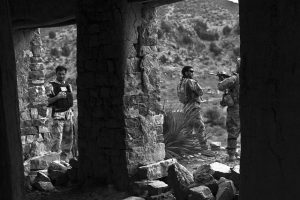US Army Reserve Flag: Symbolism, History, and Government Agency Ceremonies
The US Army Reserve Flag is a powerful symbol of America's military heritage, representing unit…….
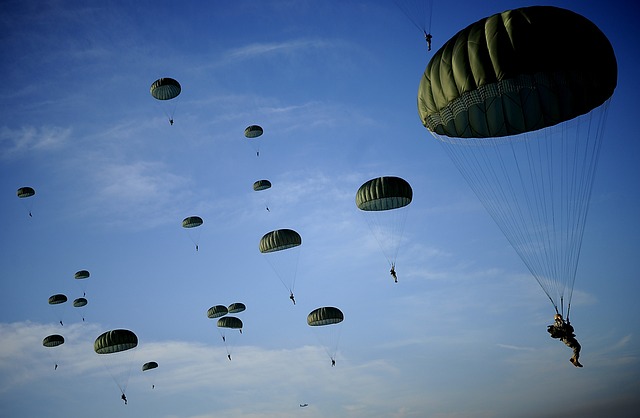
The US Army Reserve Flag is a powerful symbol of America's military heritage, representing unity and strength through its red and white stripes and referencing the nation's founding with 13 stars. Carried by proud soldiers, it embodies resilience and service, honored at ceremonies like those held in the Pentagon, where it leads processions and pays tribute to fallen service members. Beyond the Pentagon, government agencies display the flag, symbolizing their heritage, and it flies at half-staff or full staff, according to protocol, honoring the dedication of Reserve service members across various occasions.
“Unveiling the Symbols of Service: The US Army Reserve Flag in Notable Settings
This article explores the significance and display of the US Army Reserve Flag, a powerful symbol of military tradition and honor. From its roots in the Pentagon’s esteemed military honor guard ceremonies to its presence at various government agencies, this flag holds immense importance. We delve into the symbolism, history, and protocols surrounding the US Army Reserve Flag, providing insights into why and when it is flown, ensuring respect for those who serve.”
- Understanding the US Army Reserve Flag: Symbolism and History
- The Role of the Pentagon in Military Honor Guard Ceremonies
- Flown at Government Agencies: Beyond the Pentagon
- Protocols and Significance: When and Why the Flag is Displayed
Understanding the US Army Reserve Flag: Symbolism and History
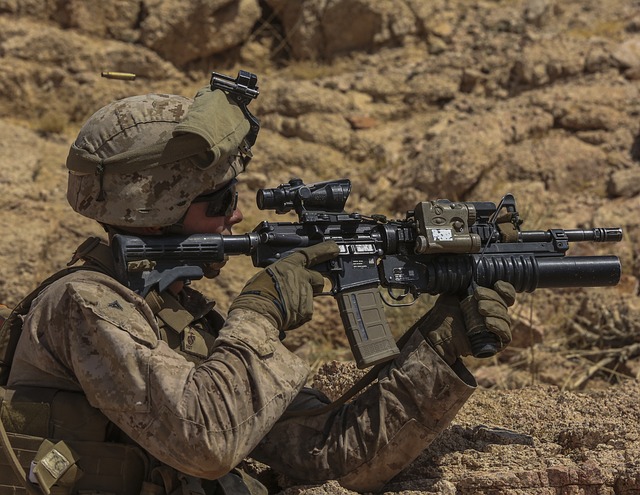
The US Army Reserve Flag, a powerful symbol of military heritage and commitment, carries profound symbolism and an intriguing history. At its core, the flag represents the diverse units that make up the US Army Reserve, each contributing to the nation’s defense in their own unique way. The design features 13 alternating red and white stripes, reflecting the original colonies and symbolizing unity and strength in numbers.
The flag’s canton displays a bold blue field with 13 white stars, standing for the 13 original states that formed the Union. This historic reference harkens back to the nation’s founding principles and the enduring bond between the Army Reserve and the American spirit. Carried by soldiers proudly, the US Army Reserve Flag is not just a piece of fabric; it embodies the resilience, courage, and service of those who have worn the uniform, both past and present, in defense of our country.
The Role of the Pentagon in Military Honor Guard Ceremonies
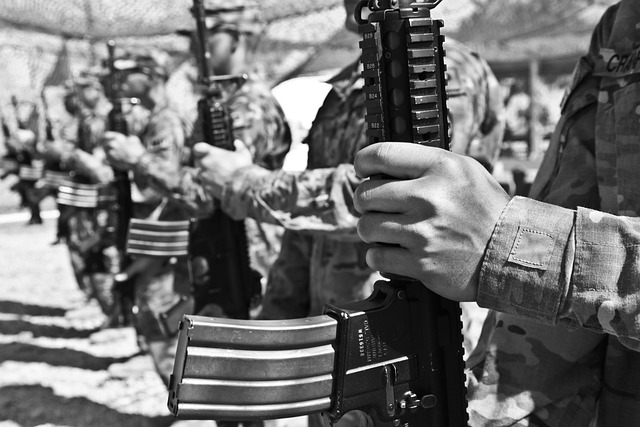
The Pentagon, as a central hub for US military operations and strategy, plays a pivotal role in hosting and coordinating Military Honor Guard Ceremonies. These ceremonies are not only a display of respect but also a powerful symbol of national pride and gratitude. The Pentagon’s honor guard teams, often composed of members from various branches including the US Army Reserve Flag, are tasked with ensuring these events are conducted with utmost precision and dignity.
Their responsibilities encompass more than just carrying and presenting flags. They lead solemn processions, perform intricate formations, and participate in burial ceremonies, rendering honors to fallen service members and veterans. The Pentagon’s strategic location and its role as a high-profile government agency make it an ideal venue for such ceremonies, attracting both local communities and national attention, fostering a sense of unity and remembrance among the populace.
Flown at Government Agencies: Beyond the Pentagon
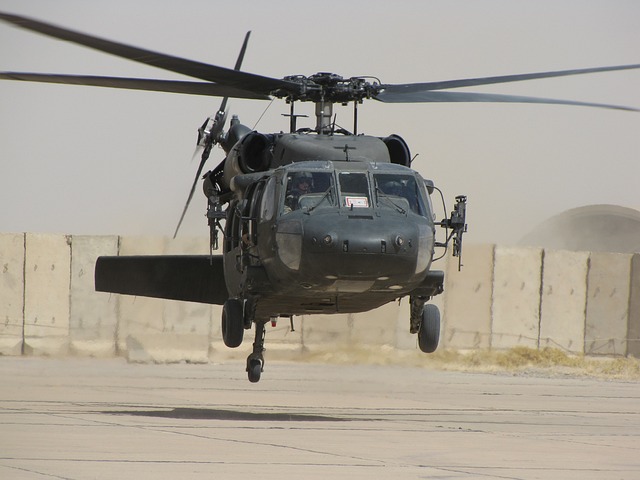
Beyond the iconic Pentagon, numerous other government agencies proudly display flown flags as a symbol of their service and heritage. These include various branches of the military, such as the US Army Reserve Flag, which represents the dedicated individuals who make up the reserve forces, ready to answer the call when needed. Each agency’s flag tells a unique story, reflecting its mission, history, and values.
The display of these flags serves as a powerful reminder of the sacrifices made by public servants and the military personnel who protect our nation. Whether it’s at federal buildings, museums, or memorial sites, these flown banners honor their service and foster a sense of pride and patriotism among citizens.
Protocols and Significance: When and Why the Flag is Displayed

The US Army Reserve Flag, a powerful symbol of military service and commitment, is flown at prestigious locations like the Pentagon and other government agencies to honor and commemorate significant occasions. Displaying this flag is governed by strict protocols that reflect the deep respect and recognition these institutions have for the dedicated service of the US Army Reserve members.
When the US Army Reserve Flag is unfurled, it signifies a range of events—from official ceremonies and celebrations to periods of mourning or tribute. For instance, it may be flown at half-staff as a mark of respect during memorial services or on days designated for national remembrance. Conversely, it can also be displayed at full staff to symbolize strength, unity, and the pride associated with the Army Reserve’s contributions to the nation. These protocols ensure that the flag serves as a poignant reminder of the sacrifices made by those serving in the Reserve, fostering a sense of camaraderie and respect throughout government facilities.
The US Army Reserve Flag, rich in symbolism and history, plays a significant role in military honor guard ceremonies across various government agencies. From its presence at the Pentagon to displays in other official spaces, this flag serves as a powerful testament to the dedication and service of Army Reserve members. Understanding its protocols and significance ensures that we honor and respect those who serve our country, preserving the traditions that foster pride and camaraderie within the military community.

